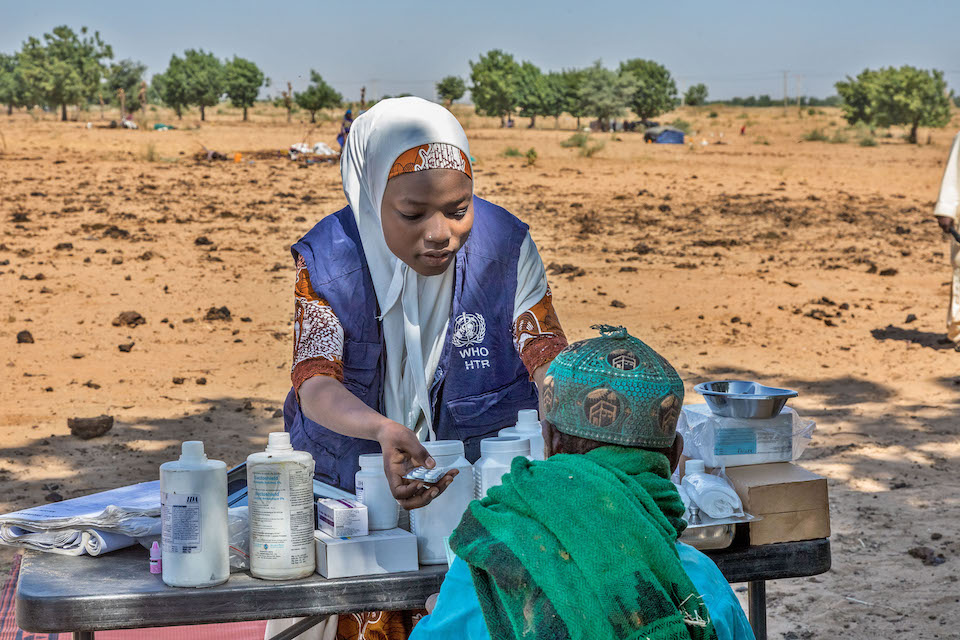In 1988, the World Health Assembly passed a resolution to eradicate polio by the year 2000. Then, polio was endemic in 125 countries across five continents and paralysed 1000 children every day, some 350,000 children every year. Such an ambitious task required a mobilisation of efforts that cut across borders and institutions. The Global Polio Eradication Initiative (GPEI) was launched, the largest public health initiative the world has ever known, with the common purpose of vaccinating children in every corner of the globe against polio.
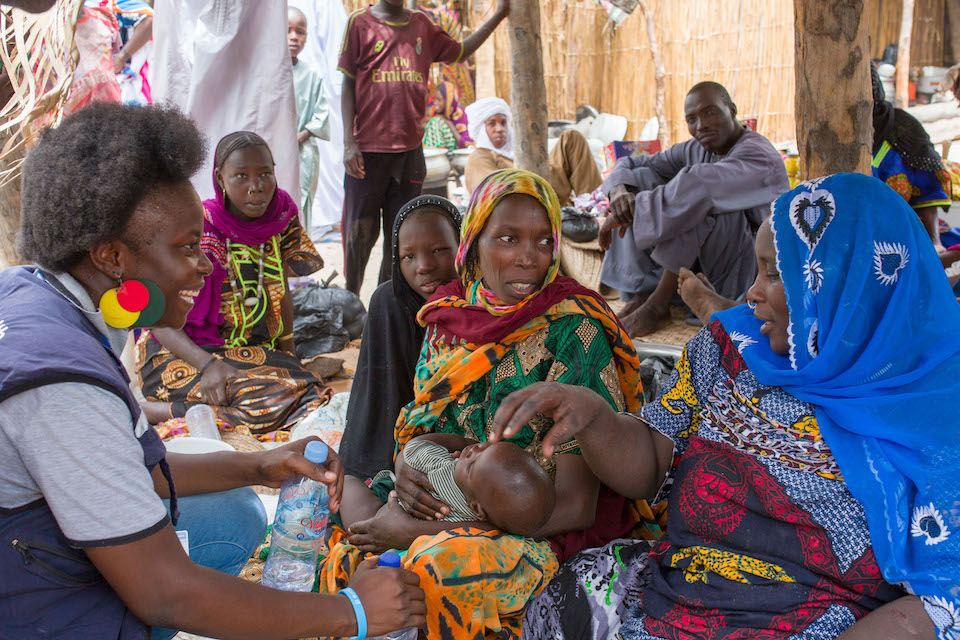
Today, the GPEI partnership includes WHO, Rotary International, the US Centers for Disease Control and Prevention (CDC), the United Nations Children’s Fund (UNICEF), the Bill & Melinda Gates Foundation and Gavi, the Vaccine Alliance along with national governments. The GPEI’s work is organised through the WHO Regional Offices in Africa, the Eastern Mediterranean, The Western Pacific, South-East Asia, Europe and the Americas. The partnership is financed by a wide range of public and private donors. Between 1988 and 2018, over US$16 billion dollars has been provided by over 100 public and private sector donors.
Through this partnership, the polio programme vaccinates around 400 million children every year. More than 20 million mostly female volunteers around the world, who coordinate the delivery of polio vaccines as well as other basic healthcare to the people who need it most, make this possible.
Overall, since the GPEI was launched, the number of cases globally has fallen by over 99%. More than 18 million people are able to walk today, who would otherwise have been paralysed. Four out of five people in the world now live in certified polio-free regions, and the polio program is continuously learning and adapting to overcome challenges to eradicate polio once and for all. WPV3 was declared as globally eradicated in 2019, while WPV2 was declared as globally eradicated in 2015. As for WPV1 it is currently endemic in only two countries: Afghanistan and Pakistan. Africa's last detected WPV1 transmission was detected in Nigeria in August 2016.
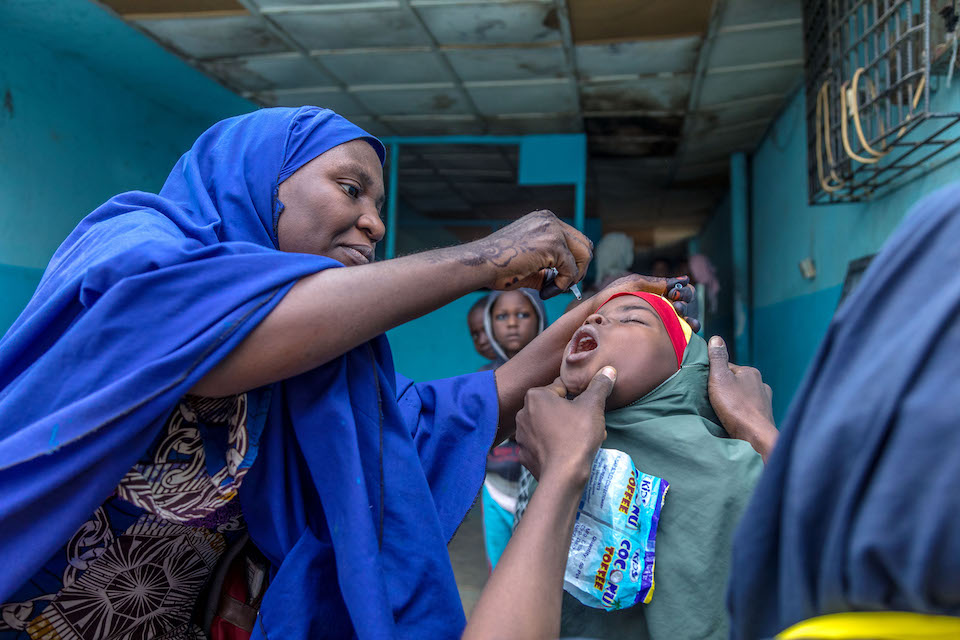
Polio in the African Region
The African Region has made monumental efforts towards eradicating polio over many years. In 1996, the Kick Polio out of Africa campaign, launched by then South African President Nelson Mandela helped transform the political commitment of the ‘Yaoundé Declaration’ to eradicate polio from Africa into a popular movement. At the time it was estimated that 75,000 children in Africa were paralysed each year from polio.
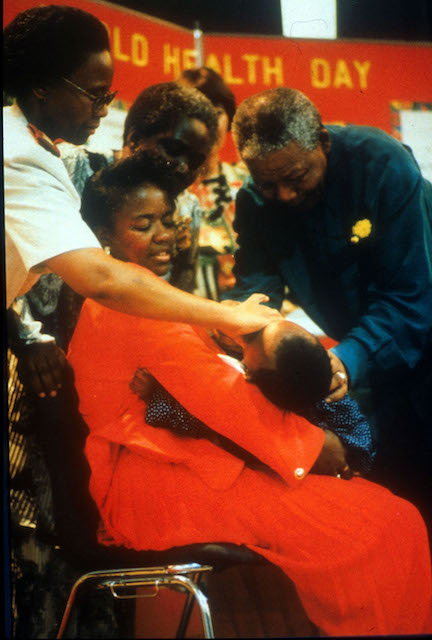
Since then, political leaders, traditional and religious leaders, public health experts, partners, donors and communities united around eradicating polio from the continent. Hundreds of millions of children have been vaccinated, some in the most hard-to-reach, insecure parts of Africa.
Success has been hard won, with repeated outbreaks in Nigeria, Angola and DRC affecting the rest of the Region. However the African Region made strong progress under the GPEI Polio Eradication and Endgame Strategic Plan 2013-2018, towards certification of the African Region as free of wild poliovirus.
In August 2019, Nigeria marked three years since last reporting a case of wild poliovirus. By March 2020, over 43 countries in the African Region have had their documentation accepted after undergoing a rigorous certification process by an independent group of experts called the African Regional Certification Commission for wild poliomyelitis eradication (ARCC). The WHO African Region is on track to be certified free of wild polio virus in 2020.
However, challenges remain in Africa with weak health systems and multiple competing health priorities, and poor immunization coverage among remote communities or those experiencing migration or conflict, along with growing population densities and poor sanitation in cities. A rare vaccine-derived version of the virus persists, which has been seen across 15 African countries since 2017. This raises concerns that the virus could emerge again.
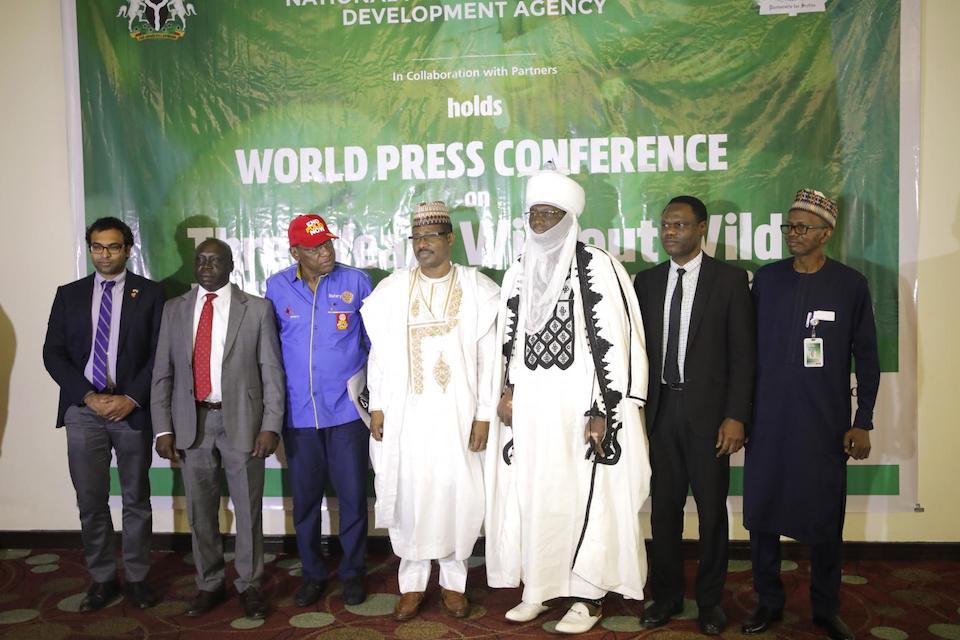
Polio Endgame Strategy
To bring the world closer to the global eradication of polio, the GPEI created the GPEI Polio Endgame Strategy 2019-2023 which ramps up the strategies that caused the 99% drop in polio cases since 1988, and implements new and innovative tactics to ensure every last child is protected with the polio vaccine. The Endgame Strategy lays out three main pillars for achieving a world free of all polio viruses: Eradication (through immunization and disease surveillance), Integration and Containment.
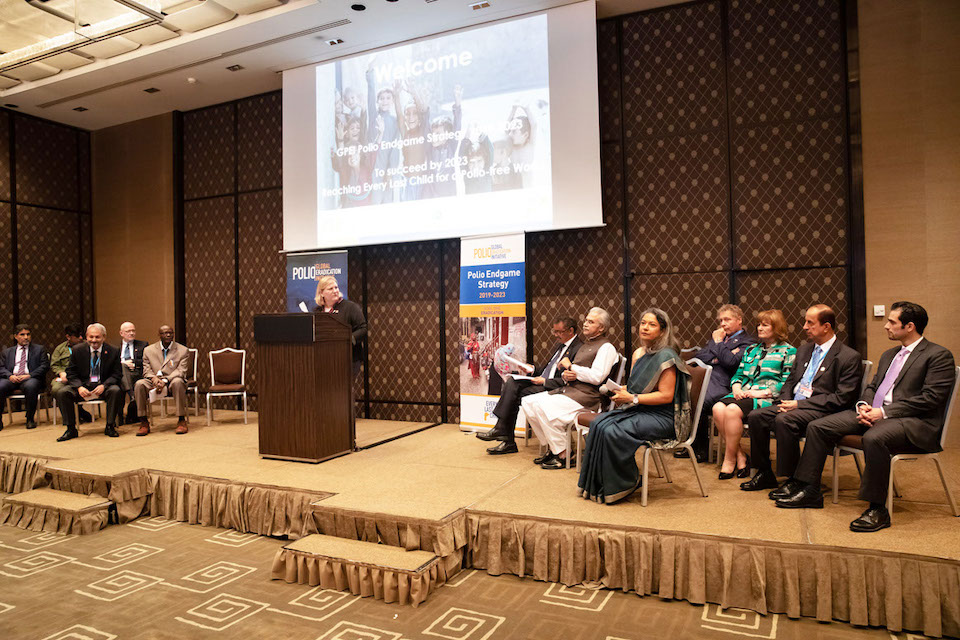
More so than previous GPEI plans, the Endgame strategy targets the increasing number of circulating vaccine-derived polio viruses. It now includes a roadmap for responding to type 2 circulating vaccine-derived poliovirus, unrolled over 2020 and 2021, laying out new tools such as the use of a new vaccine, the novel OPV (nOPV) as well as other assets to improve outbreak response.
In 2019, the Polio Oversight Board (POB) approved a multi-year budget to implement the strategy of $4.2 billion. At the Reaching the Last Mile Forum in Abu Dhabi, United Arab Emirates, global leaders and philanthropists pledged a total of $2.6 billion. The strategy’s ultimate success in bringing about a world free of polio, however, depends on full implementation, which in turn can only happen with full financing and complete political commitment.
The Last Mile
While the number of polio cases has fallen globally by 99%, reaching the final 1% is proving to be the toughest phase of polio eradication. Yet with sufficient resources, country-level commitment, and access to hard-to-reach areas, polio transmission can be ended. Once three years have passed without any transmission of WPV1, the last remaining wild poliovirus type, wild poliovirus will be eligible to be certified as eradicated globally. This will be followed by the global cessation of OPV use and a separate, independent process to validate the absence of vaccine-derived polio. All stakeholders must remain committed to continuing vaccination campaigns until this disease is eradicated for good.
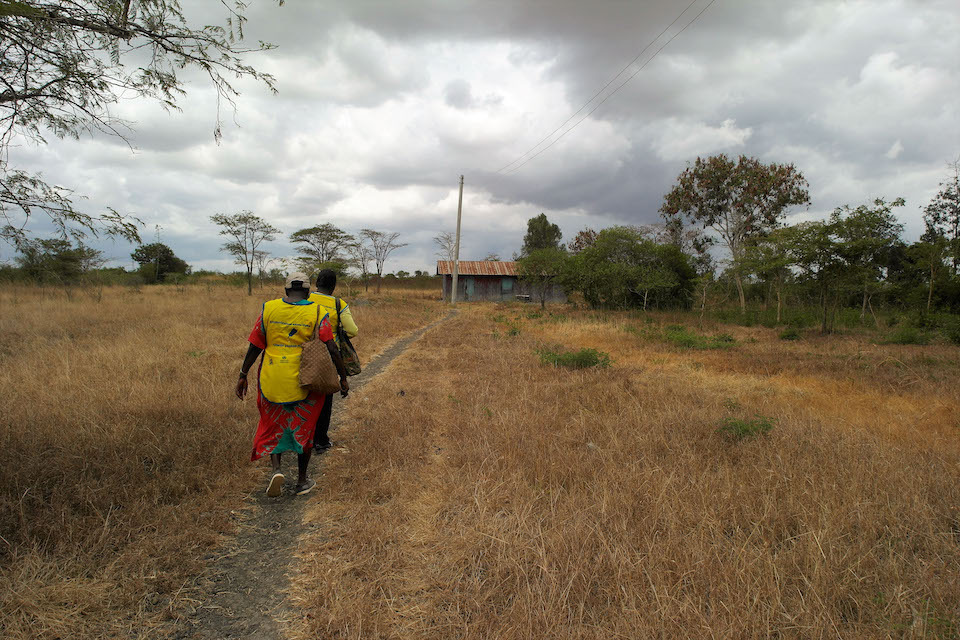
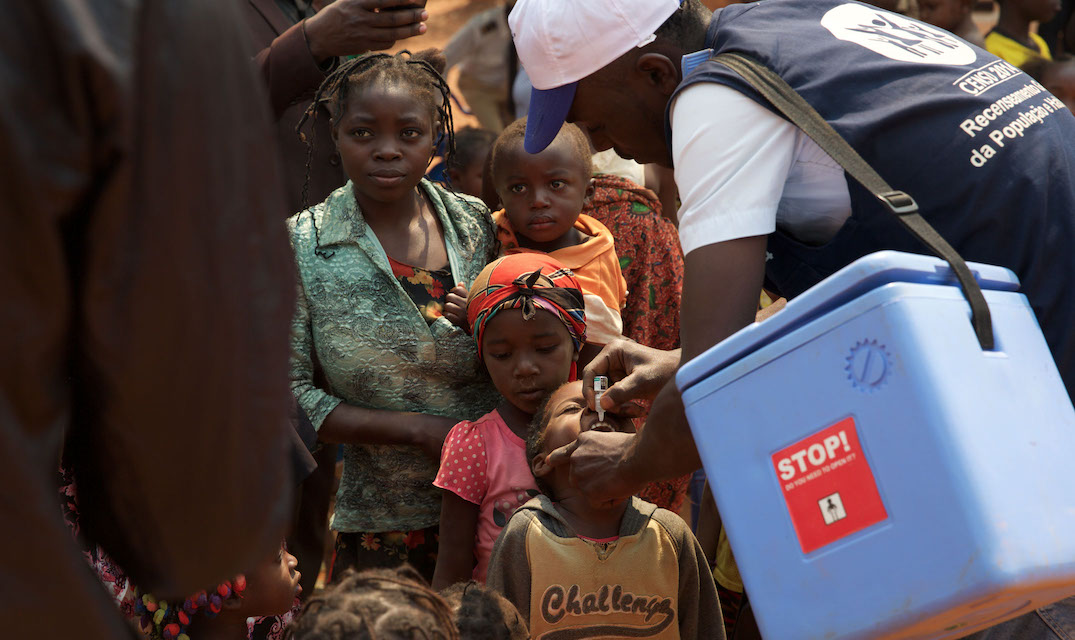
Post-certification
The eradication of wild poliovirus will be a major milestone in human history. To protect this accomplishment and maintain a polio-free world, the world will transition fully to the inactivated polio vaccine (IPV), which will eliminate the risk of vaccine-derived polio. Even when wild poliovirus is eradicated, the WHO will continue certain essential functions for a period of time – including routine vaccination, disease surveillance and outbreak response capacities, and containment of existing polioviruses in laboratories and vaccine production facilities.
Transition of Resources
The tools, infrastructure and knowledge developed to eradicate polio have saved countless lives across the globe. They’ve been used to fight many vaccine-preventable childhood diseases, tackle disease outbreaks including yellow fever, meningitis, Ebola and COVID-19, deliver malaria prevention tools, register more births, and improve disease surveillance worldwide. The GPEI is working with 16 priority countries in Africa on transition planning – integrating polio staff, resources and functions into essential health-care services including vaccination to ensure sustainable health systems.
In many fragile and conflict-affected states, including immunization, surveillance, laboratory services, response, and risk communication is essential to keep the world safe from epidemics and other health emergencies.
